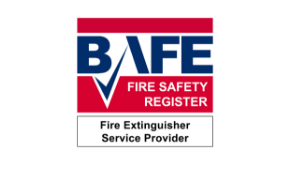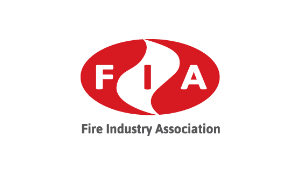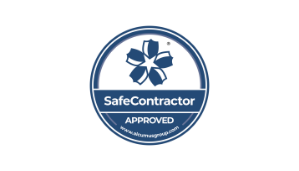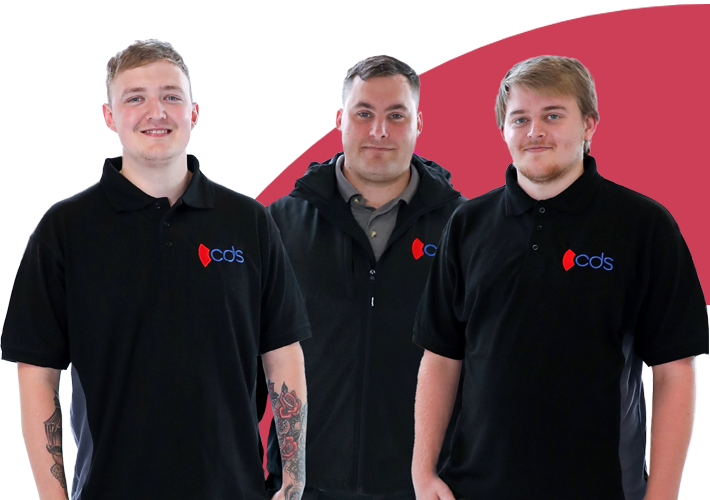Smoke is often the biggest killer in fires and can spread through a building in minutes. An AOV system is designed to ventilate and extract smoke in the event of a fire, to help prevent smoke inhalation and keep emergency evacuation routes clear. As well as protecting the safety and wellbeing of your people, commercial and multiple occupancy buildings are required to provide clear, smoke-free routes for evacuation and emergency access by law.
With over 30 years’ of experience in fire protection and life safety, we can design, install, commission and maintain a fully-compliant AOV system bespoke to your estate and requirements, including a mechanical smoke and heat exhaust ventilation window with louvre and damper door options.
AOV systems can also be used for day-to-day ventilation, with advanced systems controlling temperature, humidity and CO2. Helping to create a comfortable environment for building users, as well as enhanced protection in an emergency.
Why Are AOVs Essential?
Enhancing Fire Safety:
During a fire, smoke is often the greatest danger to building occupants, more so than the flames themselves. Smoke can cause asphyxiation, disorient people trying to escape, and obscure visibility, making evacuation difficult and dangerous. AOVs are strategically placed in critical areas such as stairways, corridors, and reception areas – key escape routes that must remain clear of smoke to allow safe egress. When a fire is detected, these vents automatically open, allowing smoke to be channeled out of the building, reducing its concentration within escape routes.
Additionally, AOVs help to control the spread of smoke within a building, confining it to certain areas and preventing it from spreading into other sections. This containment is vital for protecting other parts of the building, ensuring that fire does not escalate to uncontrollable levels.
Compliance with UK Legislation:
The UK has stringent regulations to ensure that buildings are equipped to manage fire risks, with AOVs playing a significant role in compliance. The Building Regulations 2010, particularly Approved Document B (Fire Safety), provides detailed guidance on the installation and use of smoke control systems, including AOVs. This document is divided into two volumes:
- Volume 1 applies to dwelling houses and ensures that escape routes in residential buildings remain clear and safe.
- Volume 2 is for buildings other than dwelling houses, such as commercial properties, and covers the broader use of AOVs to manage smoke in multi-storey buildings
Approved Document B mandates that AOVs must be installed in specific areas, particularly in buildings with enclosed staircases and corridors that are part of the escape route. The purpose is to ensure that smoke does not trap occupants in these critical pathways, allowing them to evacuate safely.
Compliance with the Regulatory Reform (Fire Safety) Order 2005 (RRO) is also essential. This legislation places the onus on building owners, employers, and managers to ensure that fire safety systems, including AOVs, are properly installed and maintained. Regular fire risk assessments must include a review of AOVs to ensure they are functional and meet legal requirements.
Supporting Firefighter Operations:
While AOVs are critical for occupant safety, they are equally important for aiding firefighters in their life-saving work. During a fire, smoke can severely impede visibility and raise temperatures, making it extremely hazardous for firefighters to enter and navigate the building. AOVs mitigate these risks by expelling smoke and heat, which can drastically improve visibility and reduce the temperature within the building.
This controlled ventilation helps create safer conditions for firefighting teams to operate in, enabling them to locate and extinguish the fire more efficiently. Moreover, by venting hot gases, AOVs reduce the risk of flashover—a dangerous phenomenon where everything in a room ignites simultaneously due to intense heat buildup.
Types of AOVs:
- Window-based AOVs: Ideal for residential and office buildings, these systems are designed to open windows to allow smoke to escape.
- Roof-based AOVs: Common in industrial facilities, these vents are placed on rooftops to extract smoke from large areas.
- Louvered AOVs: These are versatile systems with adjustable louvers, allowing for controlled smoke ventilation.

The Legal Framework Surrounding AOVs
In the UK, the legal framework governing the use of AOVs is designed to ensure that buildings are equipped with effective fire safety measures. These regulations and standards are essential for protecting lives, minimising property damage, and ensuring that buildings comply with the law.
Building Regulations 2010 (England and Wales):
The Building Regulations 2010 form the backbone of fire safety requirements in the UK. Approved Document B (Fire Safety) is a key part of these regulations, providing detailed guidance on fire safety, including the use of AOVs. The document specifies where and how AOVs should be implemented, particularly in multi-storey buildings where smoke can pose a significant risk.
BS 7346-8:2013 – Components for Smoke and Heat Control Systems:
This British Standard is essential for ensuring that smoke control systems, including AOVs, are designed, installed, and maintained to a high standard. It outlines the performance criteria for these systems, including their reliability, durability, and response times during a fire. Compliance with BS 7346-8:2013 ensures that AOVs will function effectively when needed, providing crucial protection in an emergency.
BS EN 12101 – Smoke and Heat Control Systems:
As part of the European Standards adopted in the UK, BS EN 12101 sets out the requirements for smoke and heat control systems. This standard covers various aspects of AOVs, including their design, construction, and performance. Adherence to this standard ensures that AOVs meet the necessary criteria to be effective in managing smoke and heat during a fire, contributing to overall building safety.
The Regulatory Reform (Fire Safety) Order 2005 (RRO):
The RRO is a crucial piece of legislation that requires the “responsible person” (typically the building owner, employer, or manager) to ensure that fire safety measures are in place and maintained. This includes the installation and upkeep of AOVs. The RRO also mandates regular fire risk assessments, where the functionality and compliance of AOVs must be evaluated. Failure to comply with the RRO can result in severe penalties, emphasising the importance of proper maintenance and testing of AOV systems.
The Importance of Regular Maintenance
Installing AOVs is only the first step in safeguarding your building. Regular maintenance and testing are critical to ensuring that these systems will function correctly when needed. The Regulatory Reform (Fire Safety) Order 2005 mandates that the responsible person for a building must ensure all fire safety equipment, including AOVs, is regularly maintained and tested.
Failing to maintain these systems can result in severe consequences, both legally and in terms of safety. AOVs must be tested to ensure they respond correctly to fire alarms or smoke detection, and any faults must be addressed immediately.

Why Choose CDS for Your AOV Needs?
At CDS, we understand the critical role that AOVs play in building safety. Our team of experts is dedicated to ensuring that your AOV systems are designed, installed, and maintained to the highest standards. We offer a comprehensive range of services, including:
- Design and Installation: Our specialists will assess your building’s needs and design a custom AOV solution that meets all relevant regulations and standards.
- Regular Maintenance: We provide ongoing maintenance services to ensure your AOVs are always in peak condition. Our team will carry out regular inspections, tests, and repairs as needed.
- Compliance Assurance: With CDS, you can be confident that your AOV systems are fully compliant with UK legislation and standards. We stay up-to-date with the latest regulations to ensure that your building remains safe and legal.
Automatic Opening Vents are an indispensable part of any fire safety strategy, offering vital protection for both building occupants and firefighters. However, to truly reap the benefits of these systems, they must be properly designed, installed, and maintained in accordance with UK legislation and standards.
At CDS, we are committed to providing top-quality AOV solutions that keep your building safe, compliant, and ready to respond in the event of a fire. Contact us today to learn more about our services and how we can help you enhance the fire safety of your property.
















